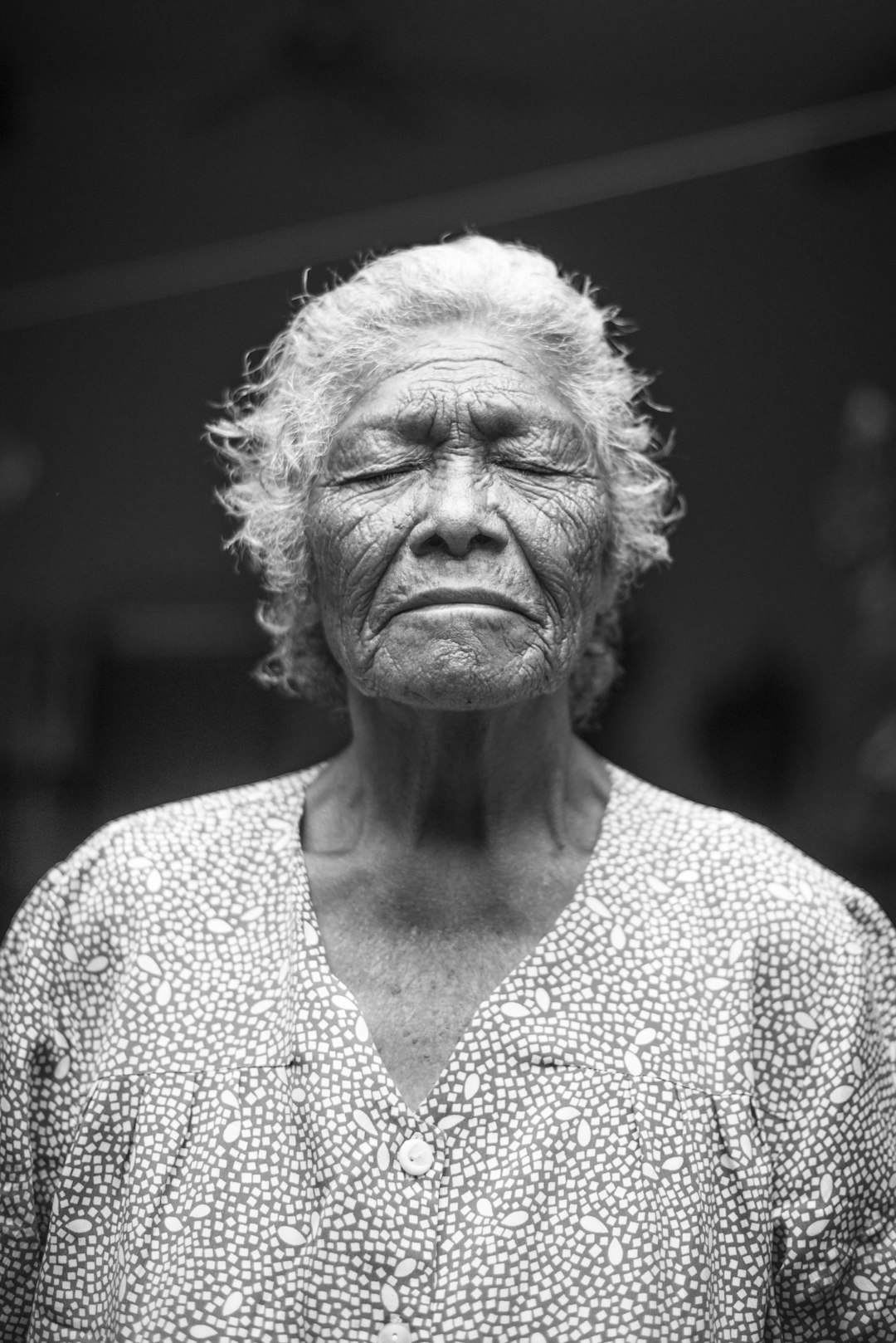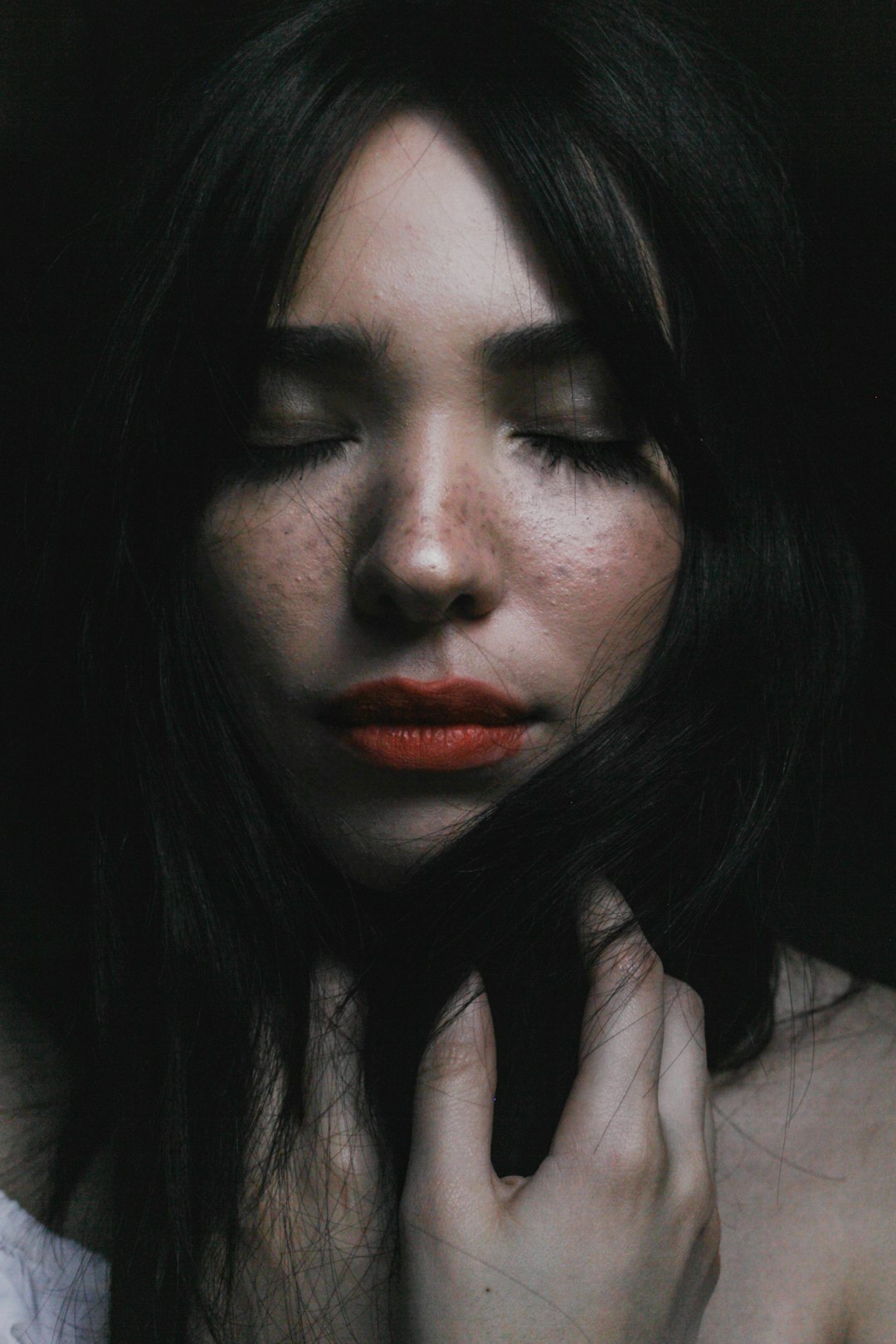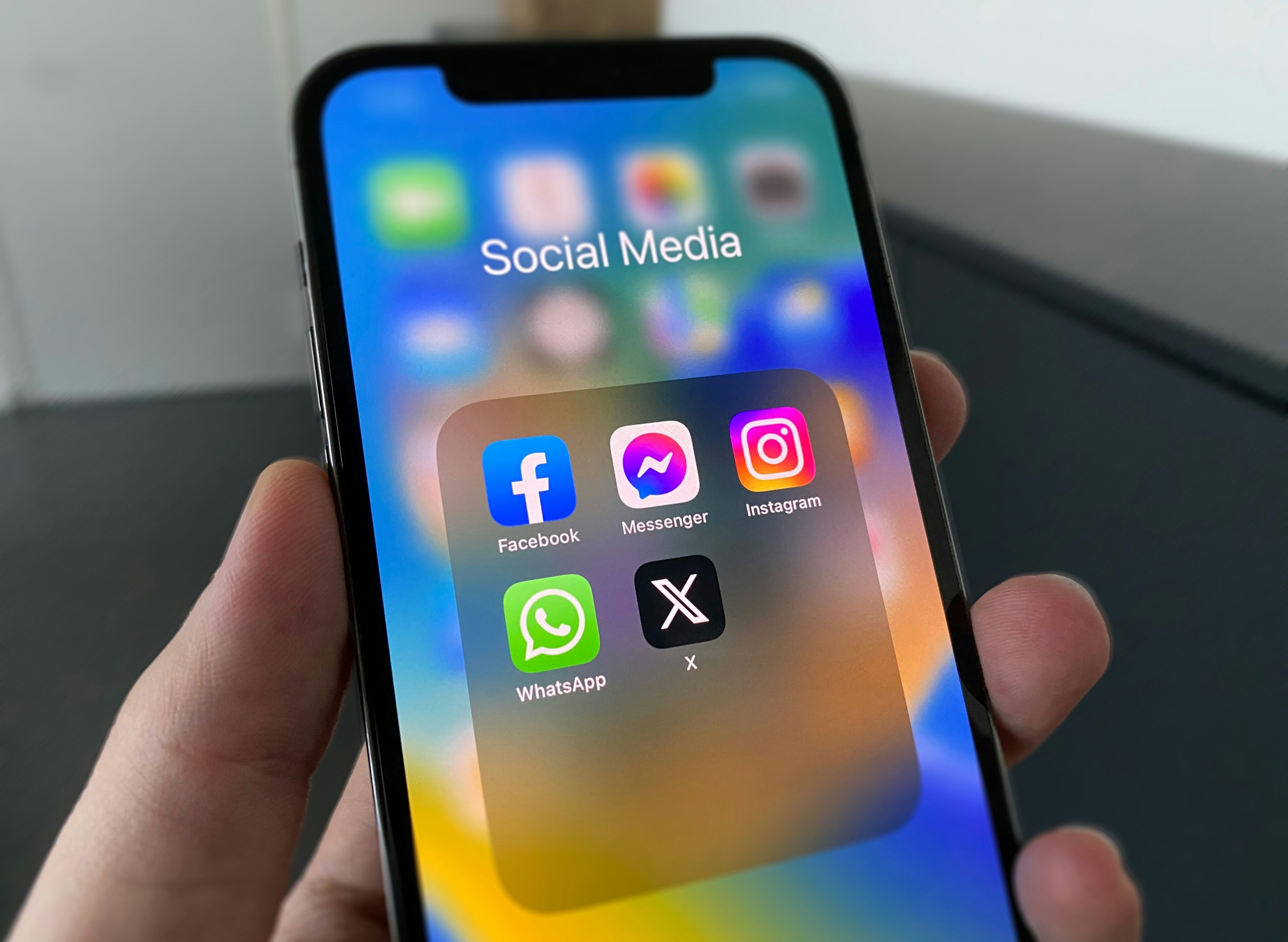In today’s visually driven digital era, a profile picture often serves as someone’s first impression of you – whether on social media, professional platforms, or messaging apps. But not every selfie instantly qualifies as a captivating or aesthetic profile picture. With a few creative tweaks and strategic choices, anyone can transform ordinary selfies into stunning visuals that leave a lasting impression.
Understand the Aesthetic You Want to Achieve
Before editing or posing, it’s essential to determine the kind of vibe or mood you want your profile picture to express. Are you going for something soft and dreamy, bold and edgy, or maybe clean and professional? Once you’ve chosen an aesthetic, every decision—from lighting to colors—should support that theme.
Choose the Right Lighting
Lighting can make or break a photo. Natural light—especially during the golden hour (shortly after sunrise or before sunset)—adds warmth and softness to selfies, enhancing facial features gently.
- Natural light: Stand facing a window for soft, indirect light.
- Avoid harsh overhead lights: These can create unwanted shadows and highlights.
- Ring lights: A great investment for consistent, flattering indoor lighting.
Focus on Composition
The rule of thirds is your best friend. Place your face slightly off-center and ensure the background complements rather than distracts. Clean, uncluttered spaces or textured walls work wonders.

Use Editing Apps Wisely
Editing apps are powerful tools, but the key lies in subtle enhancement rather than overdone filters. The goal is to amplify your picture’s beauty, not mask your identity.
Here are some top-rated apps and what they’re great for:
- Snapseed: Advanced adjustments like brightness, contrast, and selective edits.
- VSCO: Stylish filters with manual controls for a cohesive aesthetic.
- Facetune: Smoothing, blemish fixing, and enhancing facial features
- Lightroom: Professional-level editing and tuning color tones to match moods.
Choose a Flattering Angle
Experiment with different angles. A slightly higher camera angle is often flattering for selfies, emphasizing your eyes and slimming the face. Tilting your head slightly and relaxing your shoulders can also add a natural appeal.
Keep Your Background Simple
The background plays a vital role in maintaining a cohesive visual feel. A vibrant or noisy background can steal attention from your face, while a minimalistic or color-coordinated backdrop enhances your overall image quality.

Apply Color Harmony
Choose colors that flatter your skin tone and match your chosen aesthetic. Coordinating your outfit or accessories with your background or editing tones can unify the photo and make it stand out.
Cropping and Framing
For profile pictures, ensure that your face is clearly visible and occupies a good portion of the frame. Don’t crop out your chin or forehead awkwardly. A well-balanced crop brings attention right to where it matters—your face.
Consistency Across Platforms
For those using their selfies across platforms (e.g., Instagram, LinkedIn, Twitter), maintaining a consistent aesthetic or angle reflects intentionality and strengthens your personal brand.

Final Touches
Before uploading your final image, view it on different devices and zoom levels. Profile pictures appear small in many apps, so clarity and simplicity always outperform complexity.
FAQ: Turning Selfies into Aesthetic Profile Pictures
- Q: What is the best lighting for a selfie?
A: Natural lighting is ideal—especially indirect window light or golden hour light. It softens shadows and highlights facial features beautifully. - Q: How do I avoid over-editing my selfies?
A: Use editing apps sparingly. Focus on adjustments like brightness, contrast, and color tone. Avoid filters that drastically alter your appearance. - Q: Can I use the same selfie for professional and personal use?
A: It’s best to tailor your profile photos for the context. However, a neutral, well-lit, clean photo can work for both professional and personal platforms. - Q: What if I don’t feel photogenic?
A: Confidence is key. Practice in front of a mirror, play with angles and lighting, and don’t be afraid to take many shots to find the best one. - Q: Should I use a selfie stick or tripod?
A: Yes, both tools allow for more stability and better framing, especially if you want to experiment with backgrounds or full-body shots.
